Editor's note: In the struggle for national independence and freedom, every glorious feat was written with the blood, sweat and intelligence of ordinary yet great Vietnamese people.
Not only the bravery on the front lines, but also in the war zone there were scientists , engineers, soldiers and patriotic farmers who day and night researched and invented weapons, equipment and logistical solutions with a strong Vietnamese imprint.
From the famous bazooka on the battlefield, the legendary bicycle to inventions serving medicine , transportation, communication... all have contributed to creating the people's battlefield.
On the occasion of the 80th anniversary of National Day, September 2, Dan Tri newspaper respectfully introduces the series of articles "Inventions in the war zone that contributed to independence" , to honor the Vietnamese people's relentless creativity, shining in the most difficult conditions.
The "International" car, one part for each country
According to the Museum of Logistics and Technology, the car was named "International" because it was assembled from many parts of vehicles manufactured by many countries, becoming the first motorized transport vehicle built during the resistance war (in 1949).
The "International" car that once took President Ho Chi Minh on business trips to the Viet Bac resistance base (Photo: Doan Thuy).
The car uses a Ford (USA) engine, a Studebaker (Germany) cockpit, and a Renault (France) chassis. The standard Ford engine runs on gasoline, but due to a lack of fuel, our engineers invented a way to run it on coal.
The 5th Central Party Conference emphasized the importance of fully preparing troops, weapons and equipment, as well as ensuring adequate and timely supplies to win the war.
From scrap to miracle
Before that, the French colonialists were fiercely fought back by our army and people and had to flee from Thai Nguyen and Bac Kan, stationed in the border area of Cao Bang, and controlled traffic on Highway 4.
The first transport trips were mainly carried by pack horses, buffalo carts, rickshaws, and foot-carts. The cadres and soldiers of the Transport Department overcame difficulties and challenges, and together with the local people, completed the plan to transport 300 tons of goods from the border to Cho Don - Bac Kan.
During the war, the work of opening transportation routes was fierce. Our military was both lacking and thin, mainly using rudimentary means, so transporting goods for the campaign encountered many difficulties.
To meet the transportation needs of the fierce resistance war, on August 4, 1949, the National Defense Trade Delegation was established under Decree No. 7/ND of the Government.
Truong Son Road - the lifeline connecting the rear and the frontline (Photo: Document).
Major General Vu Van Don, at that time a young man over 20 years old, was the Head of the delegation with the task of organizing the purchase of goods from the localities, buying weapons and explosives to transport to the Viet Bac Inter-zone, providing a part to the Inter-zone armed units.
He went to Hoang Van Thu paper mill (Thai Nguyen) to ask for some officials who knew Chinese and had technical skills in vehicles and machinery to prepare for the "creation" of a transport vehicle.
During the campaigns, the French army was defeated one after another. On the highway at that time, French cars were abandoned and broken down everywhere. Few people paid attention to those rotten cars, considering them as scrap metal on the battlefield. But Mr. Don was different.
He gathered his colleagues and proposed a bold idea: Since there were not enough conditions to manufacture complete cars, they should take advantage of these broken cars. Filter out the good ones and assemble them into new cars.
Overcoming the enemy's bombs and bullets, the team of workers went to Bac Kan to collect and dismantle supplies and spare parts of damaged vehicles left behind by the French during the Fall-Winter 1947 campaign.
After a period of time, with constant efforts and hard work, the team of workers overcame all difficulties, hardships, shortages, and dangers, organized the disassembly of materials, spare parts, classification, maintenance, repair, and successful assembly of the first motorized transport vehicle of the Vietnam Army.
According to the Department of Cultural Heritage, the “International” transport vehicle is grass green in color, the body is 5.7m long; 2.2m wide; 3.1m high. The front of the vehicle is 2.9m long; 1.95m wide; 2.1m high. The cargo bed is 2.8m long; 2.05m wide; 2.06m high; assembled by the repair team of the National Defense Unified Trade Delegation, carrying out the task of transporting goods for campaigns.
The vehicle is a four-wheel drive, four-stroke engine with six vertical cylinders arranged in a row, located in the front of the vehicle. The chassis of the vehicle is a separate frame, made of metal bars, in the shape of a ladder.
The body and chassis are divided into two separate parts. The cockpit, the trunk, the engine, and the transmission system are fixed above the chassis. The rear of the vehicle is equipped with a covered box, a common open box type, the door is arranged on the rear wall for loading and unloading goods or people, the truss is made from round steel bars bent into a dome that covers the top of the trunk...
Due to the lack of fuel, our engineers have created and improved some machine parts to make this vehicle a "multi-fuel" engine, which can run on gasoline, coal or charcoal.
Because the car was assembled from many parts of vehicles manufactured by many countries, the car was named the “International” car by the workers of the United Defense Trade Mission.
After the test run, the vehicle achieved good quality and carried dozens of tons of goods on the 93km long road from Tai Sin Ho Pass to Bac Kan (old), contributing to the completion of the first plan of the Department of Transport.
The truck was recognized as a National Treasure.
The coal-powered "International" vehicle was the first assembled motorized transport vehicle of the Vietnam People's Army, marking the period of transportation from primitive to motorized.
Officers and soldiers of the Logistics Museum review the history of the "International" vehicle.
From 1950 to 1954, after the victory of the Border Campaign, our country received a number of aid vehicles from fraternal Socialist countries. At that time, the "International" vehicles, because they ran on coal (cut trees and burned them into charcoal), were no longer suitable for transporting goods over long distances, and were only used to transport goods over short distances.
During the resistance war against French colonialism, the "International" car carried President Ho Chi Minh on a business trip to the Viet Bac resistance base, and welcomed Mr. Leo Phighe, a member of the Central Committee of the French Communist Party, to visit Vietnam at the Viet Bac base in 1950.
Many international visitors were surprised and admired the skillful hands, intelligence and creativity of the soldiers of the Vietnam People's Army.
Since 2005, this vehicle has been displayed at the Logistics Museum (Hanoi), serving as a propaganda vehicle for domestic and international visitors.
December 28, 2018. The Prime Minister signed Decision No. 1821/QD-TTg recognizing "International" cars as National Treasures.
The “International” car is not only a simple means of transport but also has a special historical significance. It is a vivid symbol of the brave spirit and the will to overcome difficulties for the transport mission of our army and people during the resistance war.
Photo: Huyen Mai
Source: https://dantri.com.vn/khoa-hoc/bi-mat-chiec-o-to-chien-truong-made-in-vietnam-la-bao-vat-quoc-gia-20250806003408544.htm




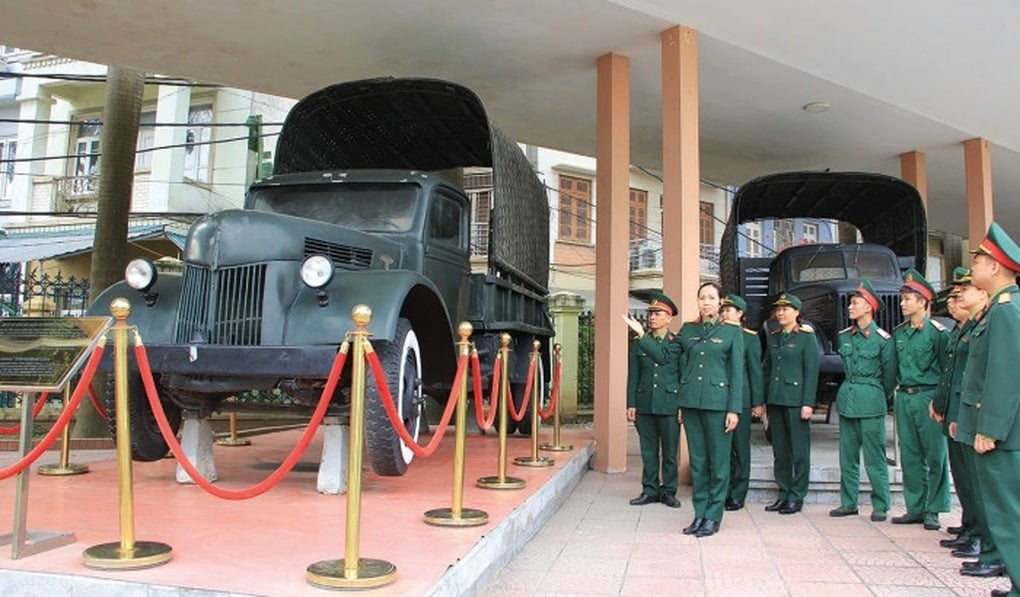


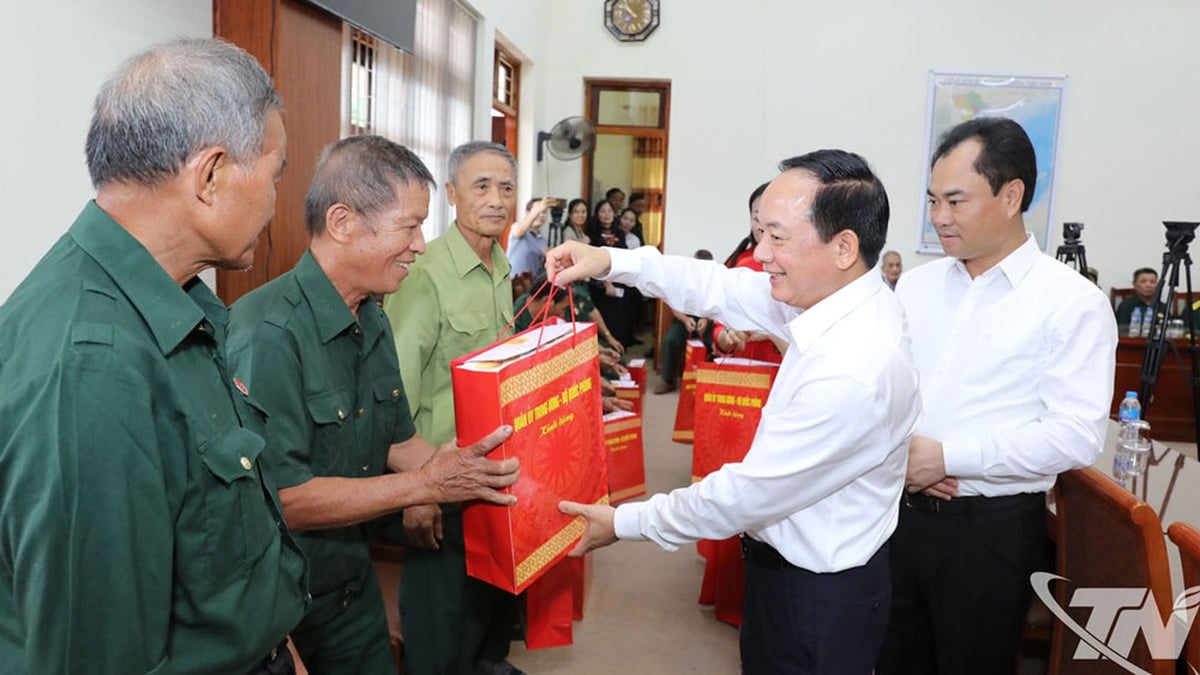
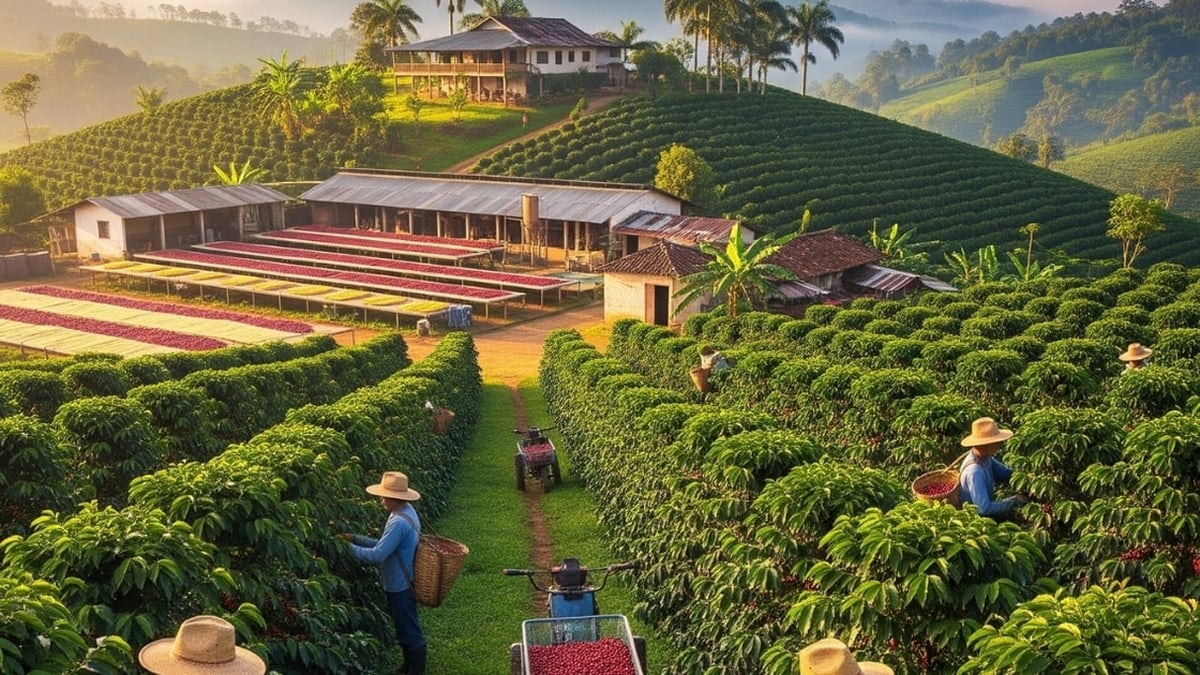
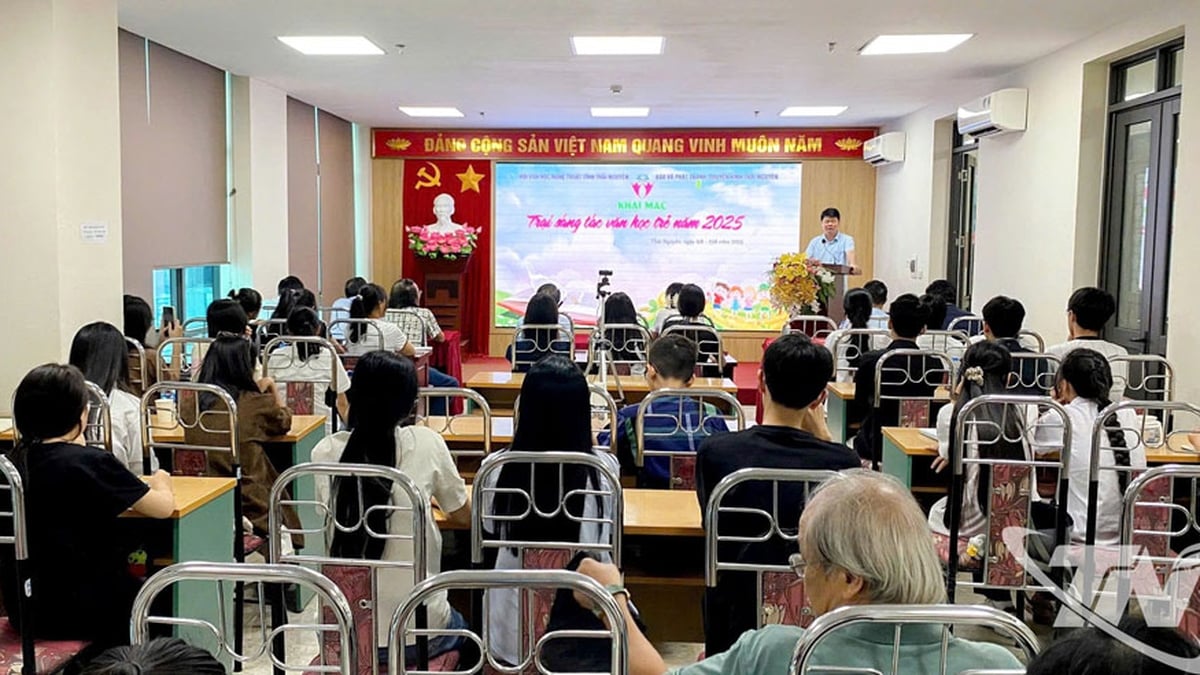
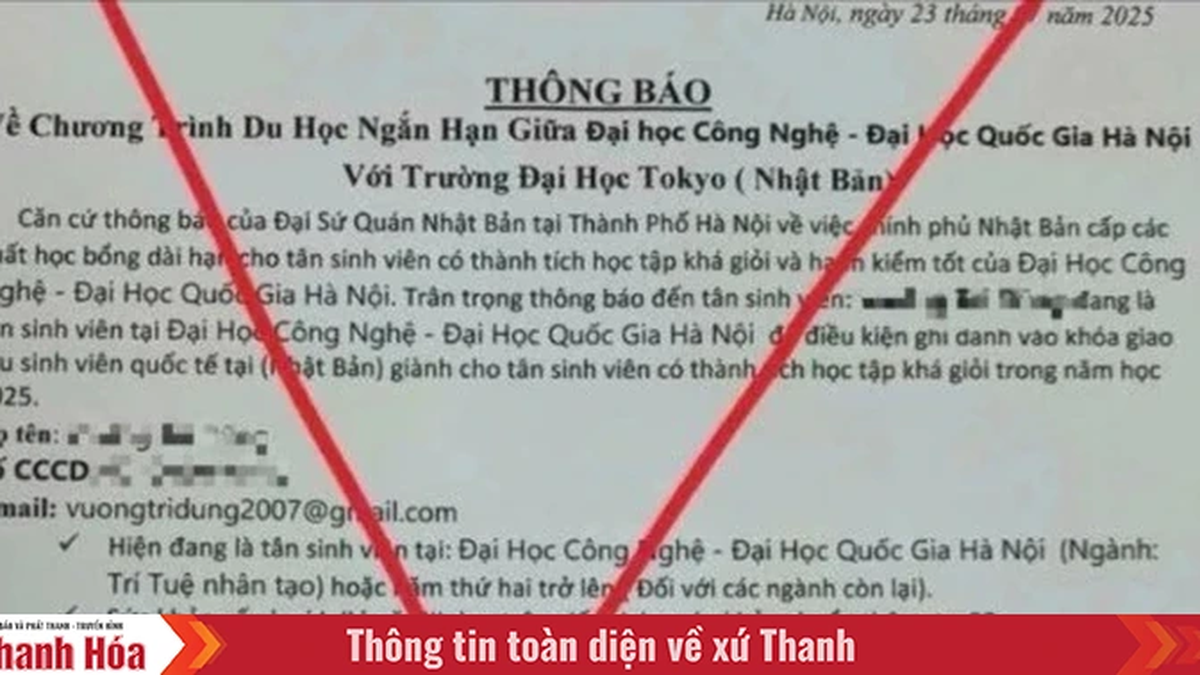


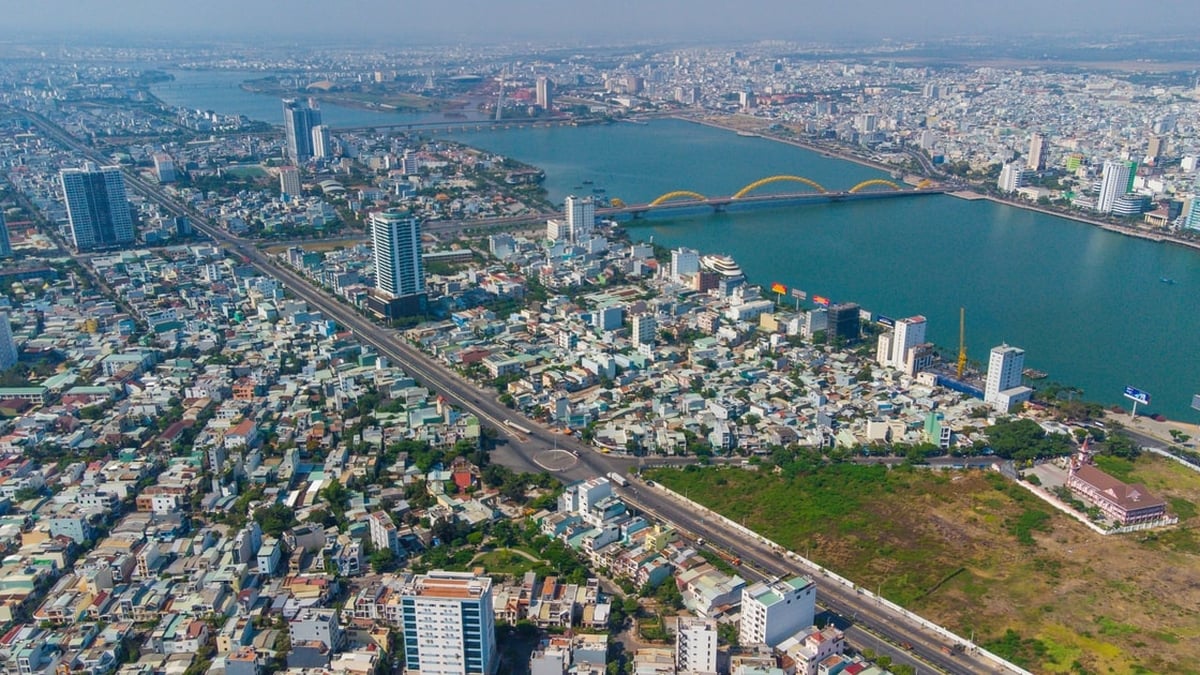
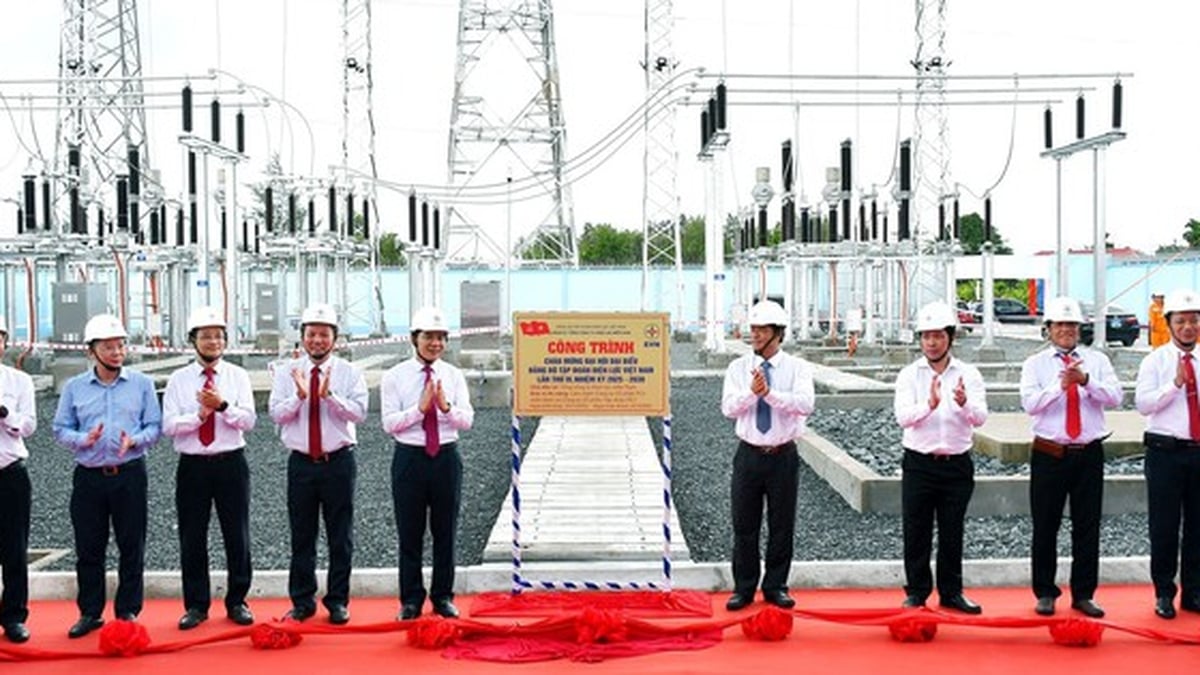











![[Photo] Nghe An: Provincial Road 543D seriously eroded due to floods](https://vphoto.vietnam.vn/thumb/1200x675/vietnam/resource/IMAGE/2025/8/5/5759d3837c26428799f6d929fa274493)
![[Photo] Discover the "wonder" under the sea of Gia Lai](https://vphoto.vietnam.vn/thumb/1200x675/vietnam/resource/IMAGE/2025/8/6/befd4a58bb1245419e86ebe353525f97)






























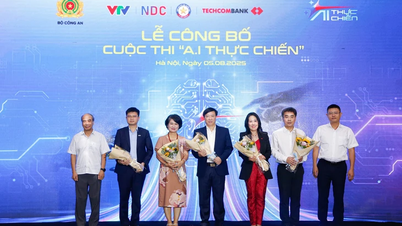
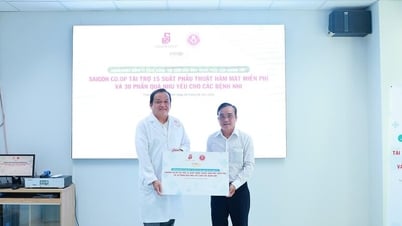

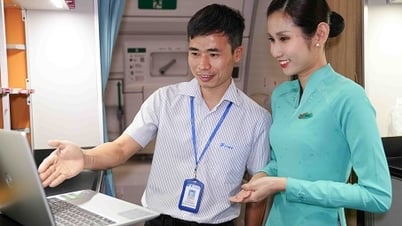
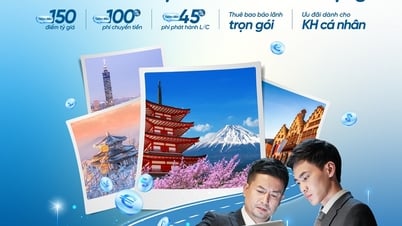
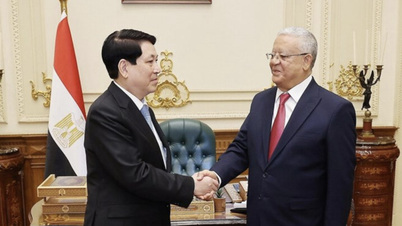
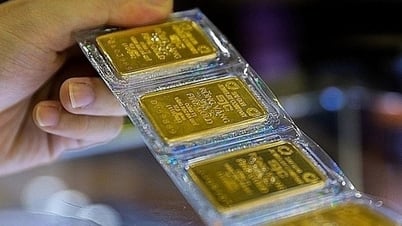

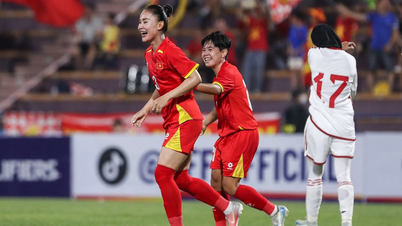
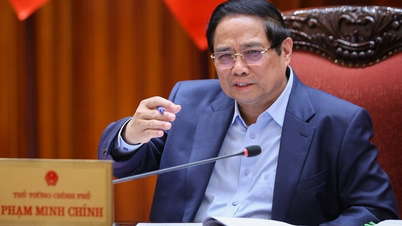
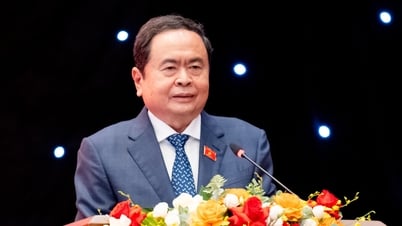
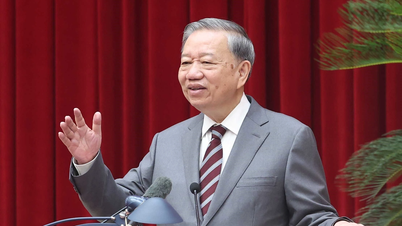
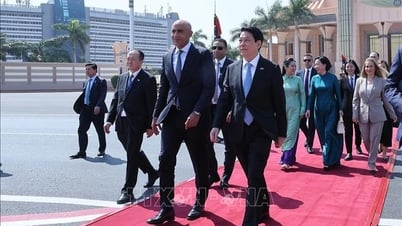

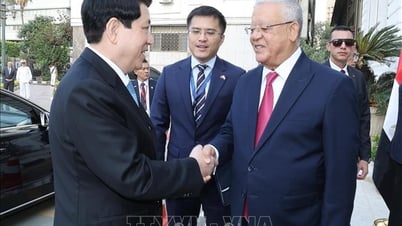
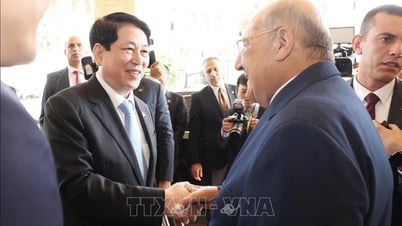
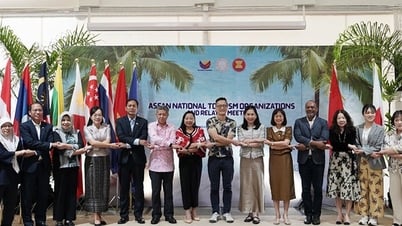

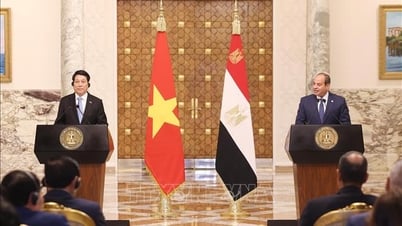















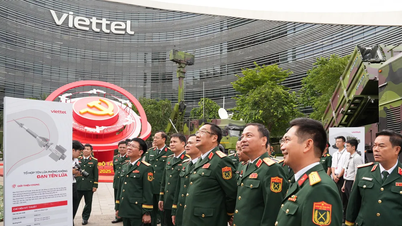

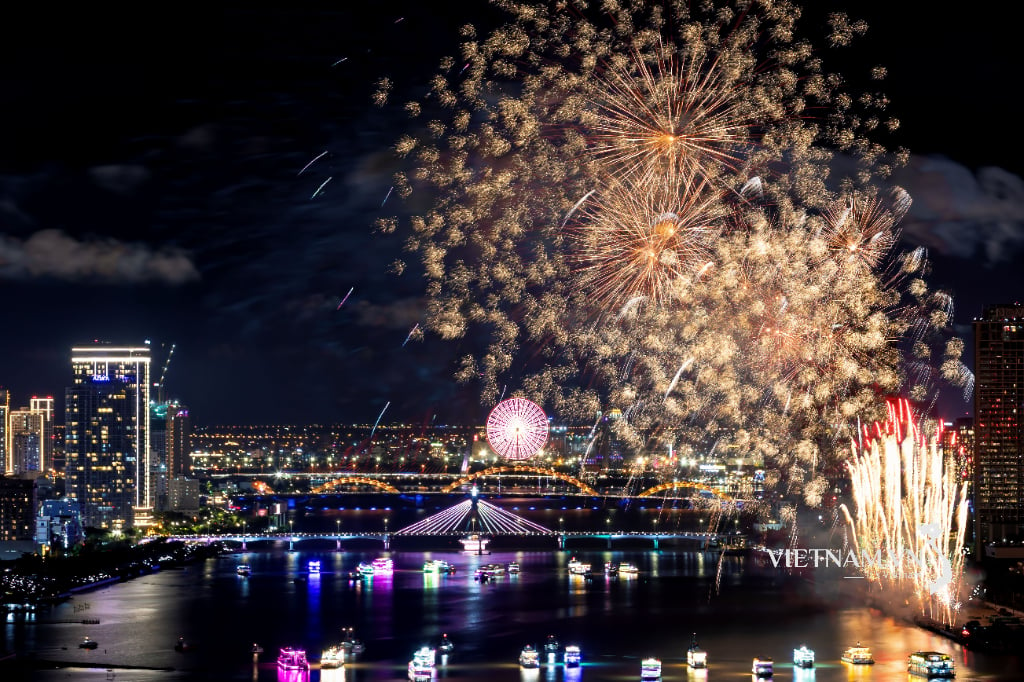
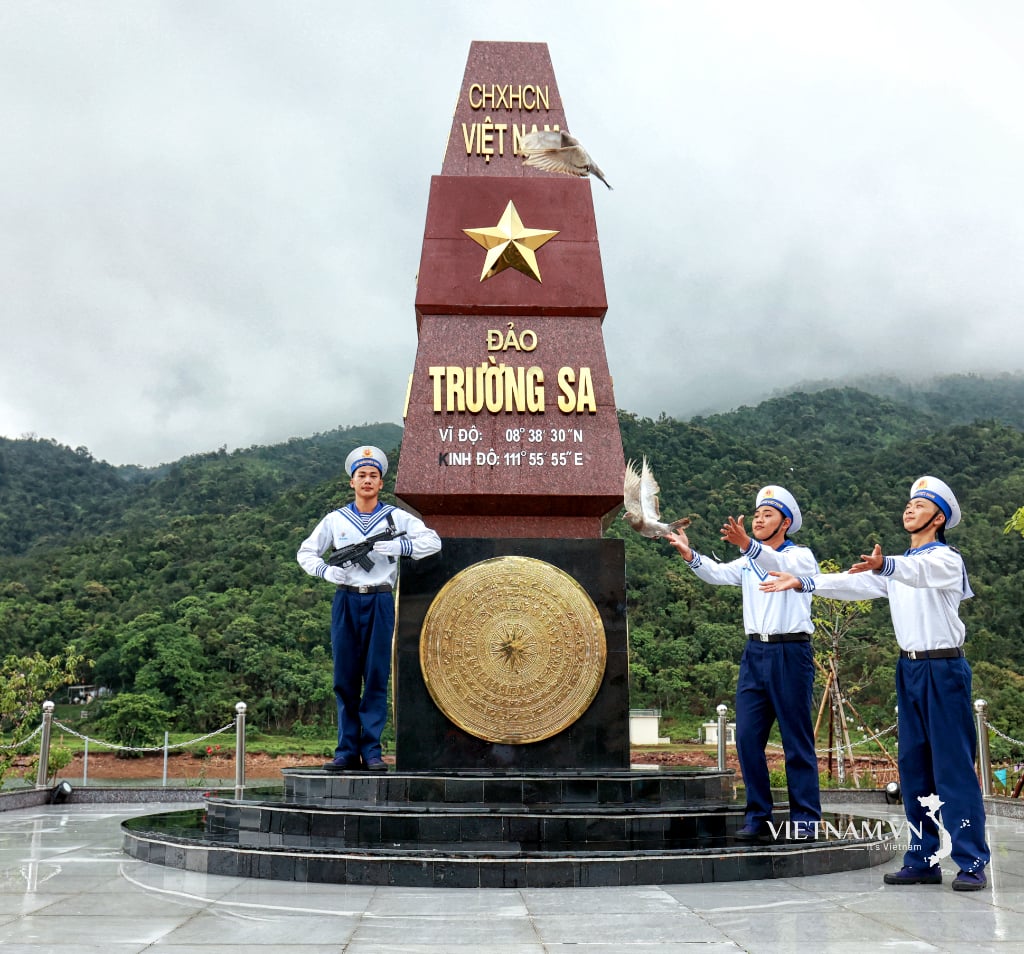


Comment (0)